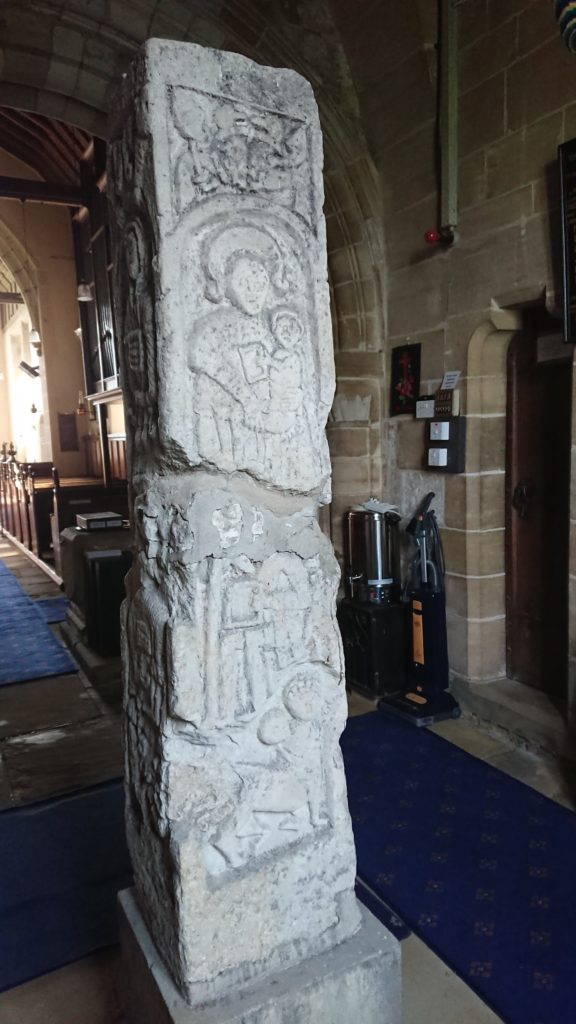Dear Benedict,
When I last wrote to you about your Rule I started at the beginning, as indeed most folks might. This time I thought I’d start at the end, which is more like me.

I’ve been trying to find out about you, but apart from your Rule no one seems to have that much to say about the real you. Every thing I read suggests you were a good chap, which in itself makes me a bit suspicious. Something I read suggested you left school at 14, probably right and proper to your time and class but no something to be congratulated on these days, unless you eventually become a rich entrepreneur. At 14 you had religious aspirations, wanted to know about your place in the universe, to learn stuff, to pray and worship God. It’s not as uncommon as you might think these days either. A recent survey found 51% of young adults said they prayed regularly. Indeed younger adults were more likely to pray than those over 55.
The article didn’t take into account the ways in which prayer changes during our lifetimes, but change it does. I’m now 62 and I do not pray in the same way as I did 40 years ago. As I put my feet on the earth, one after the other, heel to toe as I walk through the landscape, so I pray, breathing gently and carefully all the while. Forty years ago I was in too much of a hurry to pray like that.

Your final chapter is really an encouragement to keep at it; something we all need. There are many things I have neglected over lock down. I’ve not played so much music, for example and consequently my efforts to get all the right notes in the right order are hampered. I still play, mostly with headphones on so as not to inconvenience others.
But the Rule is something that can only really be practised with others, which bring me back to you writing it down. History says you wrote it down near the end of your life, and maybe you borrowed some of the ideas from a few other rules. So for about 40 years or so perhaps you were thinking about it, planning it, starting a draft or two, working it out. I wish we had your works in progress, your odd notes on the Rule. I wonder what happened to those?
Did you share your thoughts with others, ask Scholastica or other monastics what you should leave out or put in? It seems to me that a Rule like this has to be a corporate effort. So it might more rightly be called the Rule of St Benedict and the Community he was part of.
Even with the last full stop on the page, this Rule is a work in progress in as much as it is not meant to remain a document but become part of the way we live, making daily life our pilgrim path. And so I will try to put my best foot forward in faith, even if this time, I’m walking backwards.
Song (by the Goons)
I’m walking backwards for Christmas,
Across the Irish Sea,
I’m walking backwards for Christmas,
It’s the only thing for me.

Walk with me!
From A Friend of Scholastica and a Member of the Lay Community of St Benedict.



